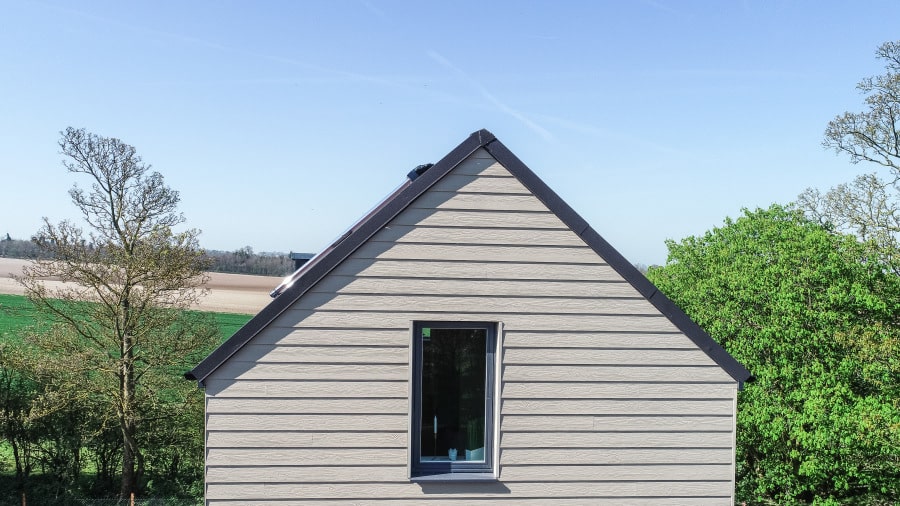Modular home roof constructions

Modular homes are proving to be a viable solution to addressing the housing shortage here in the UK.
As a Building Products article discusses, the UK needs to build 240,000-300,000 homes every year until 2030 to overcome the shortage. At the moment, it’s only building around 190,000 homes due to costs and a lack of skilled workers. Therefore, modular homes may provide the answer. This is because:
- They are less expensive to buy as they take less time to build – in turn making them more accessible to people who need affordable housing.
- Unskilled workers can construct modular homes as they are produced in factories on production lines.
- Adverse weather won’t hamper construction as they are mainly built in factories.
- They are typically better for the environment because less power is used to produce them and they can be built using the latest eco-technology.
A modular housing boom?
So, are we about to see modular housing really take off? More and more locations across the UK are getting the green light to build these modern, prefabricated properties.
For instance, ZEDPods has recently been granted planning permission to build 11 homes in Bristol, while 73 modular homes will be built in Blackburn as part of a deal between Places for People and Homes England. Then there’s Urban Splash, which has submitted plans to the local council to build almost 350 homes at Wirral Waters.
Modular home factories are opening in the UK, too. One of these is Ilke Homes’ factory in North Yorkshire, which is building up to 2,000 modular homes every single year and has plans to increase the number of units.
Constructing modular roofs
Modular homes incorporate the latest building technology. After being built from wood, steel or concrete in a factory, they are loaded onto truck beds in sections and shipped to a permanent site, where construction workers are tasked with putting them together.
In this article, we’re going to be focusing on one element of the production stage: roofing. Just how are the roofs of modular homes constructed?
As this article explains, modular home roof systems are constructed at the same time as wall and floor systems. In a traditional site construction, roof trusses are built separately then fitted with a crane on-site once the framing is complete. But with modular homes, the roof and ceiling systems are built onto the home’s structure in the factory.
The roof system is actually one of the most complex stages of the construction process, because it’s manufactured with a fold up, self-supporting rafter system. To make it easier to install, it’s usually built adjacent to the floor and wall stations.
The process begins with laying out the drywall and construction of the framing. Wood members used in the construction are spaced on centre, and a beam may be installed in certain areas in order to support heavier loads.
Drywall is then fixed to the ceiling frame using a foam seal spray and, depending on the design of the home, front and rear overhangs may be installed. Once this step is complete, the structure is ready to be lifted and fastened to the perimeter top plate of the unit, as well as lagged into the interior walls.
Roof covering material
As with any roof, there are a number of options when it comes to the covering material, including clay, concrete or slate.
Metal roof tiles are another option, with steel tiles proving to be an extremely popular and effective material for modular home roofs.
Lightweight steel tiles are up to one-seventh of the weight of a standard concrete tile, which reduces the amount of structural supports needed for the roof. Owing to its hardiness, the steel can protect against adverse weather conditions, breakages and vandalism – it’s even got a guaranteed lifespan of 40 years, provided it’s properly installed.
These steel tiles can also be installed on a modular home three times faster than traditional tiles, leading to savings on labour and programme time. Not only that, but they can be installed down to a minimum pitch of 10 degrees; this makes it possible to have a more shallow roof, meaning more savings on materials.
As well as all of this, steel tiles can be mechanically fixed down, so that they can be transported on the roof to the permanent site. This also means that there will be less work on-site to make the roof watertight.
The benefits are plain to see. Metrotile roof tiles are backed with a 40-year manufacturer’s warranty and all profiles have BBA certification. If you want to find out more about how Metrotile could help with your modular home project, get in touch with the team on 01249 658 514.